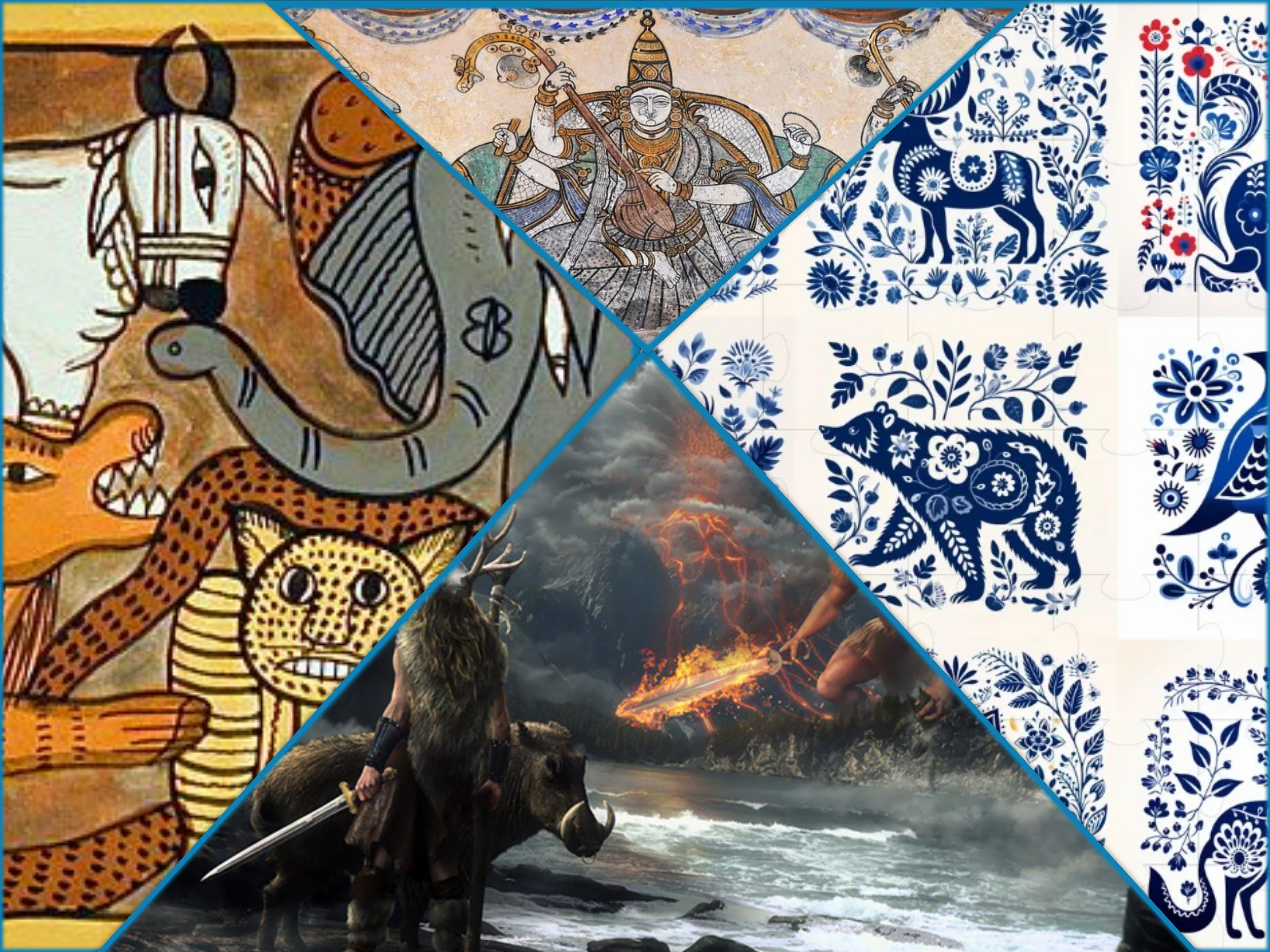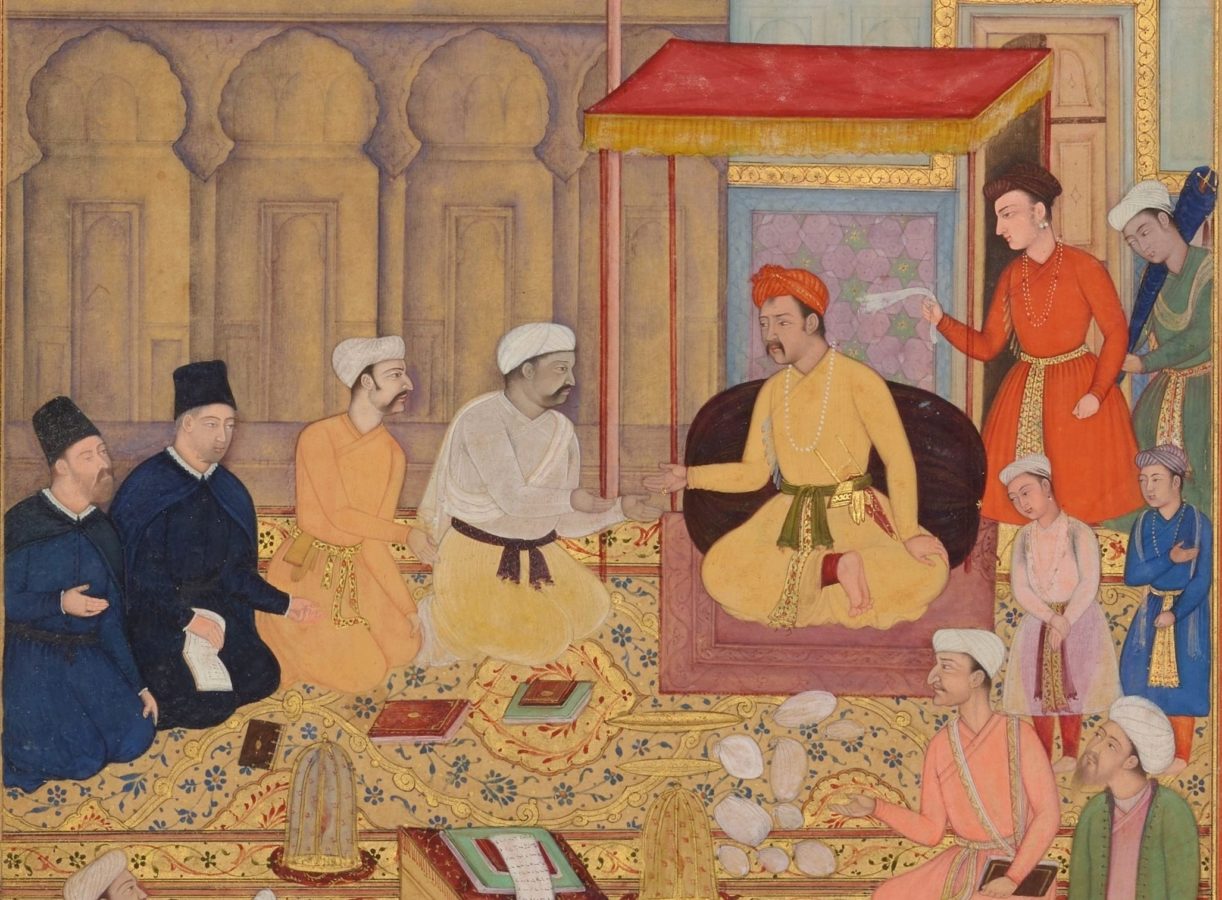- Visitor:80
- Published on: 05:56 pm
Mythology is not an actual representation of History
The study of the mythology of the Rigveda is definitely of great importance in the study of Indo-European history. But it is necessary to understand the exact sense in which it is important: it is important in the sense that a proto-Indo-European mythology can be reconstructed from a comparative study of different Indo-European mythologies, but not in the sense that the mythology is itself an actual representation of history.

The study of the mythology of the Rigveda is definitely of great
importance in the study of Indo-European history. But it is necessary to
understand the exact sense in which it is important: it is important in the
sense that a proto-Indo-European mythology can be reconstructed from a
comparative study of different Indo-European mythologies, but not in the sense
that the mythology is itself an actual representation of history.
Unfortunately, an entire academic industry has been built up on
the basis of the interpretation of mythology as an actual representation of
history, with mythological entities and events being interpreted as actual
historical entities and events.
Thus, the PaNis of the Rigveda, who are identical with the Vanir
of Teutonic mythology (as the Gods or Asuras of the Rigveda are with the Aesir)
are clearly purely mythical entities, and have nothing whatsoever to do with
historical entities or events either in India or in northern Europe.
Nevertheless, at the eastern end of the Indo-European belt, the PaNis of Vedic mythology are identified as the non-Aryan inhabitants of India, conquered by invading Aryans entering India from the northwest; and at the same time, at the western end of the Indo-European belt, the Vanir of Teutonic mythology are identified as the non-Aryan inhabitants of Scandinavia, conquered by invading Aryans entering Scandinavia from the southeast!

The Everyman’s
Dictionary of Non-Classical Mythology tells us: “In Nordic myth, the Vanir were the culture heroes of a race
which seems to have preceded the Aesir in Scandinavia”.
Likewise, Shan M.M. Winn tells us about Scandinavia: “we must consider the possibility that the region was once
inhabited by a people who were neither Indo-European nor patrilineal. The
mythical subordination of the Vanir may echo a historical conquest, in which a
matrilineal, agrarian society was disrupted and finally replaced by a new
Indo-European ideology originating from elsewhere.”
After all that we have discussed, is any comment required on
this kind of “historical”
interpretation of mythology?
The importance of mythology in the study of Indo-European history, it must be repeatedly emphasised, lies in the comparative study of different Indo-European mythologies.
[ Source: 492, The Rigveda : A Historical Analysis, Shrikant Talageri, Voice of India, 2004. ]
Center for Indic Studies is now on Telegram. For regular updates on Indic Varta, Indic Talks and Indic Courses at CIS, please subscribe to our telegram channel !
- 40 min read
- 2
- 0










